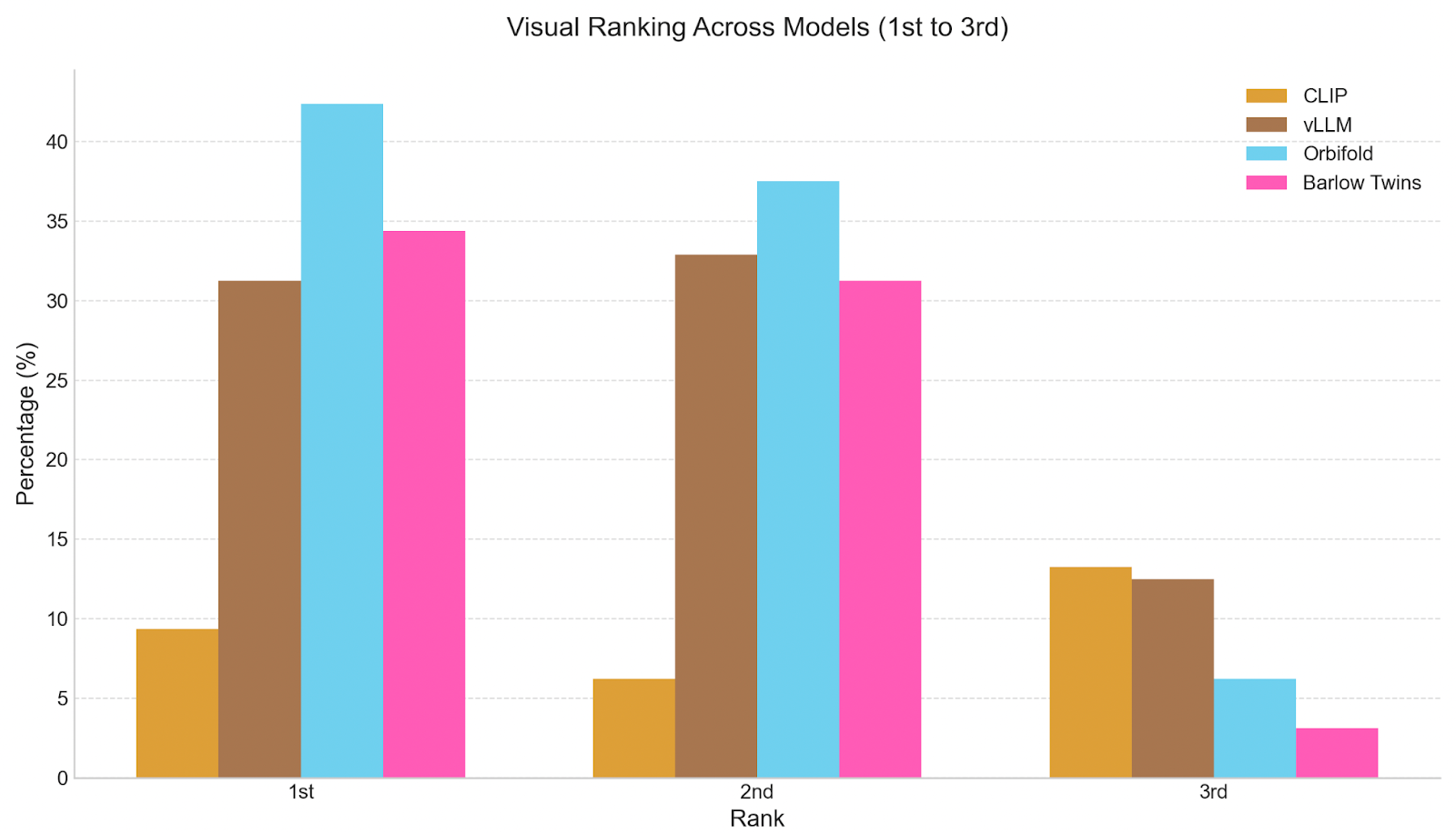By Orbifold AI Research Team
The fashion industry is undergoing a significant transformation, increasingly driven by AI-powered design, hyper-personalization, and advanced visualization tools. The ability to interact with and modify garments at fine-grained levels—such as altering sleeves, collars, buttons, or even generating entirely new styles—demands deeply structured, exceptionally high-quality multimodal data supported by a robust fashion data curation strategy.
A leading digital fashion platform was struggling with inconsistent garment component editing and unrealistic virtual try-on experiences due to poor-quality training data. This case study explores how Orbifold AI’s fashion design data curation platform transformed raw, disparate fashion data into high-fidelity, AI-ready assets—enabling breakthroughs in generative fashion editing, personalized customer experiences, and operational efficiency:
Our client is a fashion tech company developing AI design tools and virtual try-on experiences for major fashion retailers. With over 50 enterprise clients and millions of garment interactions per month, they needed to overcome critical data quality issues that were limiting their AI model performance and customer satisfaction.
The fashion industry generates vast amounts of visual and textual data, but effective data processing into AI-ready assets for sophisticated applications presents unique challenges:
Fashion catalogs were:
Existing datasets couldn't support:
Critical gaps existed between:
AI models failed to capture:
The inability to effectively connect:
Manual annotation processes were:
The Impact: These data challenges directly impacted performance in visual search, product recommendations, personalized styling, generative fashion editing and trend forecasting.
Orbifold AI addresses these critical data bottlenecks with its specialized platform designed for the unique demands of the fashion AI ecosystem. Their technology structures, aligns, and augments datasets composed of photoshoots, clothing metadata, and human-centric pose information, transforming raw inputs into high-quality, AI-ready assets.
Orbifold AI’s solution encompasses:
To bridge the gap between catalog and real-world imagery, Orbifold AI pairs fashion product images with diverse visual data using

Orbifold AI goes beyond standard pose estimation by:
To ensure high-fidelity visual outputs, Orbifold AI:
Orbifold AI excels at linking visual data with textual descriptions, detailed product attributes, pose information, and other relevant metadata, creating a rich knowledge graph where relationships between items, styles, and components can be effectively leveraged by AI.
The final output is a meticulously curated, cleaned, and structured dataset, specifically formatted for training sophisticated fashion AI models. This includes expanding core datasets through intelligent augmentation and synthetic data generation where needed, ensuring diversity and addressing data scarcity for specific garment types or attributes.
By partnering with Orbifold AI, fashion AI teams and digital fashion platforms have reported significant improvements:
Achieved a 4x improvement in accuracy for fine-grained garment component editing tasks, such as transforming a sleeve style or accurately modifying a collar, directly attributable to the detailed part-level annotations and semantically rich data.
Reduced manual labeling effort by up to 60%, leading to substantially faster data pipeline turnarounds and quicker model iteration cycles.
Improved the realism of virtual garment structure manipulation by 25%. This includes complex, non-obvious changes like cuff tapering, adding or removing buttons with correct interaction, and reshaping pockets while maintaining fabric integrity.
Enabled the expansion of training data from a core dataset of 1000s images & videos to millions of curated and augmented fashion samples, crucial for training robust and versatile generative models.
While the core focus of the new information is on generative AI, the underlying enriched data also significantly benefits visual search (finding items by specific sleeve or collar type) and hyper-personalized recommendations (suggesting items based on fine-grained style component preferences).
Orbifold AI’s multimodal data curation platform brings unprecedented precision, structure, and depth to the inherently complex world of raw fashion media. As the industry increasingly embraces AI for design, interaction, and personalization, the ability to reshape and recombine garment elements—collars, pockets, buttons, sleeves—at a fundamental level relies on expressive, richly annotated datasets.
By meticulously aligning fashion semantics, human pose and motion context, and detailed textile properties across diverse modalities, Orbifold AI is redefining how data fuels AI-driven creativity and innovation in the digital fashion space. Their technology empowers businesses, from boutique brands to cutting-edge generative fashion engines, to build the next generation of intelligent fashion applications.
Orbifold AI's specialized multimodal data curation works to help fashion brands and digital innovators overcome complex data processing challenges and unlock breakthroughs in AI-powered design, personalization, and visualization.
Are you a tech enthusiast? Explore our Fashion AI solutions with in-depth industry algorithm references.
To collaborate or learn more about Orbifold AI’s multimodal data curation solutions, contact research@orbifold.ai.